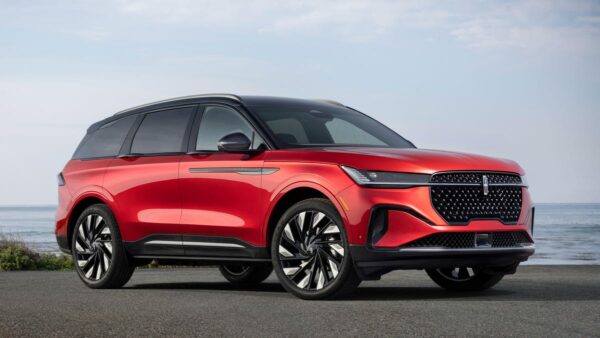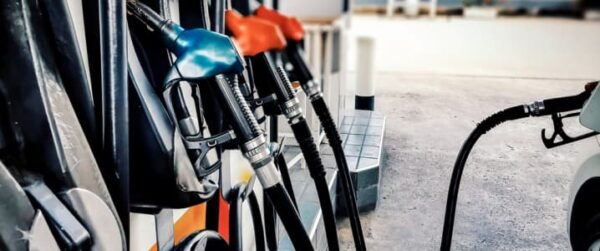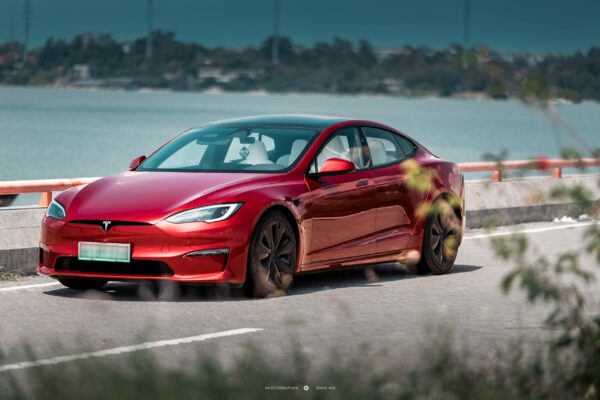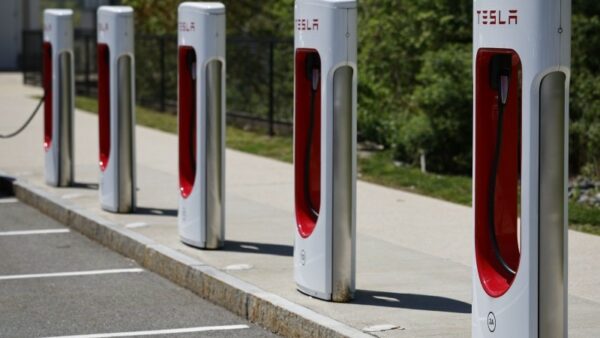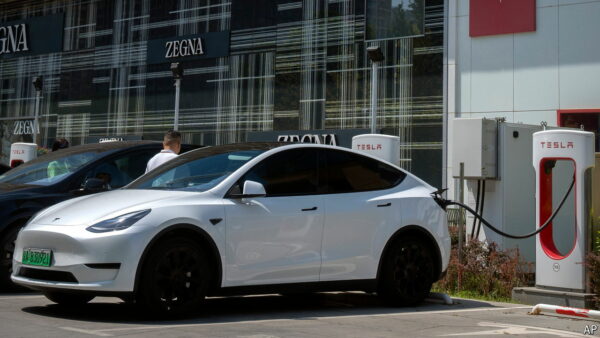Was the Low-Compression 1972 Hurst/Olds Still Hairy?
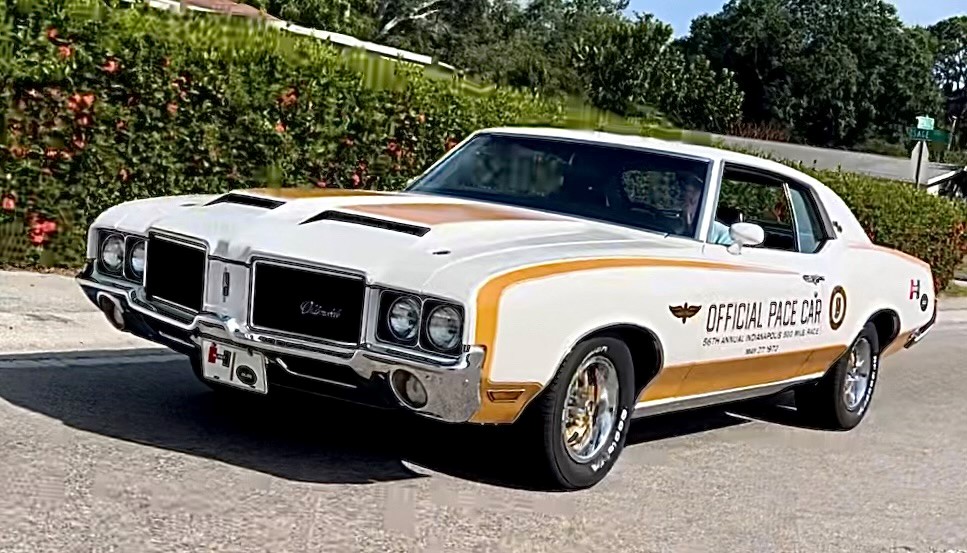
Hurst introduced the Hurst/Olds in 1968 and helped Oldsmobile get over General Motors’ cubic-inch limit, offering 455ci when the 4-4-2 was limited to 400ci. By 1972, the marketplace was a different environment, but the Hurst/Olds saved the day for a different reason.
For the 1972 Indianapolis 500, no one wanted to step up and produce the pace car after the previous year’s debacle with the 1971 Dodge Challenger. Hurst Performance introduced option code W45, which turned the Oldsmobile Cutlass Supreme hardtop and convertible into Hurst/Olds models , all of them Cameo White with the 455, gold decals, W25 fiberglass hood, black bucket seat interior, Hurst Dual-Gate shifter, half vinyl top, and Super Stock III wheels, among other items. A sunroof was optional, and buyers had the choice of opting in or out of having pace car decals.
The W45’s 455 was coded L75 and rated at 250 net horsepower. A W46 package included the 300-horse L77, the same engine that was included with the W30 package for 4-4-2s. Compression and horsepower may have been down, but it still wasn’t out – just ask someone who has driven one of these cars. In the below video, Muscle Car Campy and the Hurst/Olds owner, Tom Hill, are your guys!
All told, only 499 hardtop and 130 convertible Hurst/Oldses were built, which include 220 hardtops with sunroofs. It’s also worth noting that 23 hardtops and 8 convertibles were ordered as W46s. Additionally, four station wagons were built for track and festival needs.
If you enjoy this video, be sure to check out other Muscle Car Campy’s vids.
This article was originally published by a journal.classiccars.com
Read it HERE

